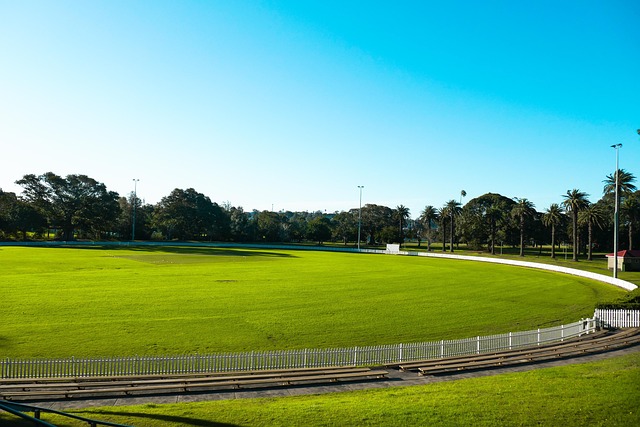Real estate associations, from HOAs to neighborhood watches and BIDs, govern communities with rules on amenities, security, and aesthetics. These groups impact property values and lifestyles, offering benefits like shared spaces but also challenges like communication difficulties. Real estate professionals help manage these complexities for harmonious coexistence and equal resource access in diverse communities.
In real estate, associations vary widely based on their structure and impact. This article delves into the intricate world of these entities, offering a comprehensive guide to understanding association dynamics in the context of property investments. We explore different types of associations and analyze their effects on both developers and residents. Additionally, we weigh the benefits and challenges presented by diverse associations, providing insights crucial for informed decision-making in the real estate sector.
Understanding Association in Real Estate

In real estate, understanding association is key to making informed decisions. Association refers to the collection of homeowners within a specific community or development, governed by a set of rules and regulations designed to maintain property values and ensure peaceful coexistence. These associations can vary widely in terms of size, purpose, and management style, from small neighborhood associations to large, master-planned community Homeowners Associations (HOAs).
In the context of real estate, association plays a pivotal role in shaping the living experience. It dictates amenities, such as shared spaces, recreational facilities, and security services. Additionally, associations often manage common areas, ensuring they remain well-maintained and aesthetically pleasing. By understanding the rules, fees, and expectations associated with an HOA or community association, potential homebuyers can better assess their lifestyle needs and make a decision that aligns with their preferences and long-term goals.
Types of Associations and Their Impact

In the realm of Real Estate, associations can dramatically vary based on their types, each with a unique impact on property values and community dynamics. Homeowners’ associations (HOAs) are common, enforcing rules and regulations to maintain common areas and often dictating architectural styles, thus enhancing curb appeal but potentially limiting personal expression.
Another type is the neighborhood watch, which focuses on safety and security, fostering a sense of community and collective responsibility. These associations can increase property values by promoting a perception of safety and order. Conversely, commercial real estate associations, such as business improvement districts (BIDs), aim to revitalize and market commercial areas, attracting businesses and investors with strategic initiatives like improved infrastructure and marketing campaigns—all contributing to economic growth and potentially raising property valuations.
Benefits and Challenges of Diverse Associations

In the realm of real estate, associations play a pivotal role in shaping community dynamics and property values. Diverse associations bring a multitude of benefits, fostering an inclusive environment that attracts a wide range of buyers and tenants. This diversity can enhance the overall appeal of a neighborhood, promoting cultural exchange and enriching local amenities. Additionally, varied associations contribute to robust property markets by creating unique selling points and expanding investor portfolios.
However, navigating diverse associations also presents challenges. Communication barriers and differing expectations can lead to misunderstandings and conflicts. Managing a heterogeneous community requires delicate balancing acts, such as addressing cultural nuances, accommodating varying lifestyles, and ensuring equal access to resources. Real estate professionals must be adept at mediating these complexities, providing solutions that cater to the unique needs of diverse associations while fostering harmonious coexistence.






